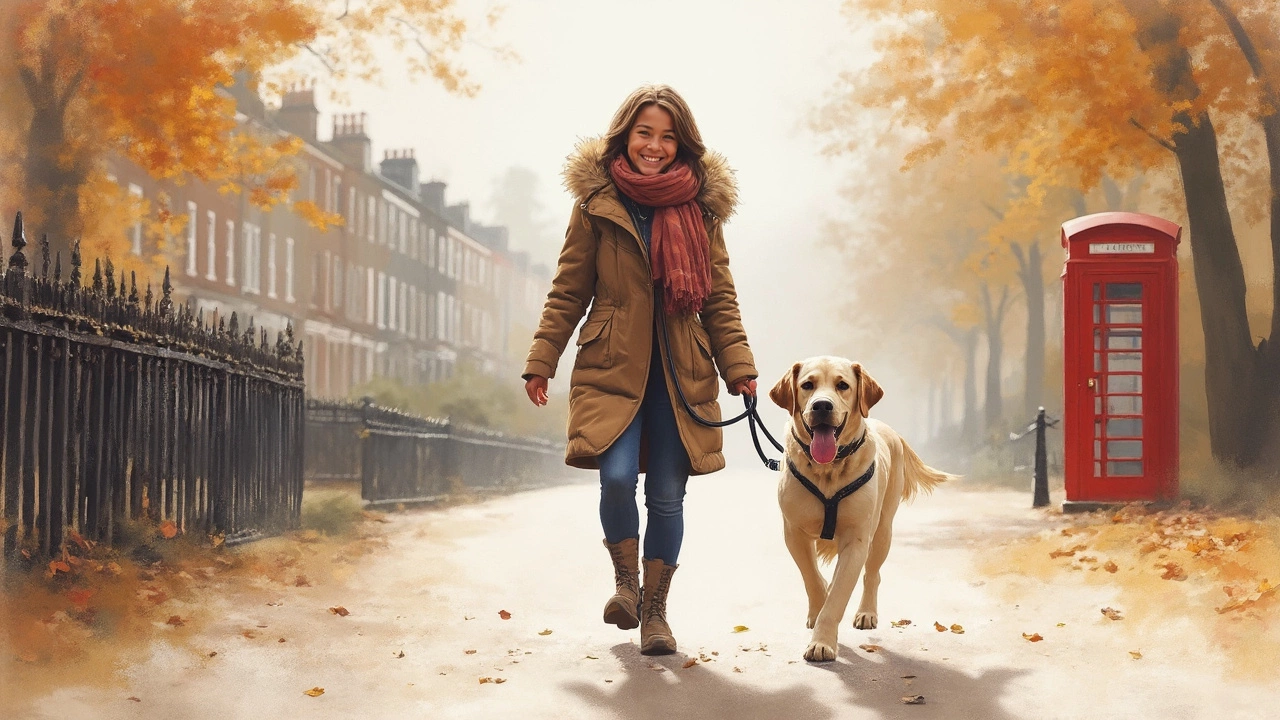Positive Training Made Simple for Every Dog
If you want a happy, well‑behaved pup without harsh tools, positive training is the answer. It focuses on rewarding good actions, not punishing bad ones. The result is a calmer dog who wants to please you. Below you’ll find straightforward tips you can start using today.
Why Positive Training Works
Dogs learn faster when they get something they like right after they do the right thing. A tasty treat, a pat, or a cheerful voice tells them "that’s what I want you to do." This builds a clear link in their brain, so they repeat the behavior. Harsh collars or yelling often just scare them, and the dog may hide the behavior instead of learning a better one.
Practical Positive Training Techniques
1. Stop Unwanted Barking Without a Collar
Identify why your dog barks – boredom, fear, or a doorbell. Give a calm cue like "quiet" and reward the moment the bark stops. Use a short, gentle word and a treat. Consistency beats any shock collar.
2. Teach Your Puppy "No" Kindly
When your puppy does something you don’t want, say "no" in a firm, calm voice and redirect to a proper toy or behavior. Reward the correct action instantly. Over time, the puppy learns that "no" means "stop that, do this instead".
3. Keep Training Sessions Short
Dogs have short attention spans. Aim for 5‑10 minute sessions a few times a day. End on a success and give a treat. Short, frequent practice sticks better than a long, boring drill.
4. Choose Humane Training Collars
If you need a collar, look for ones that use gentle vibration or sound, not static shock. Pair the cue with treats so the collar becomes a reminder, not a punishment.
5. Use High‑Value Treats to Boost Learning
When teaching new tricks, use something your dog loves more than regular kibble – like a small piece of chicken or a gourmet treat. Galloway Gourmet Dog Treats offers natural, tasty bites that work great for training rewards.
Remember to stay patient. Some dogs catch on quickly, others need more practice. Keep the tone upbeat and the rewards consistent, and you’ll see progress.
Positive training also helps with everyday situations – walking on a leash, staying calm during vet visits, or simply waiting at the door. The same reward‑based approach applies no matter the scenario.
Finally, celebrate the small wins. A quick "good job" and a treat after a successful cue reinforces the habit. Over weeks, those tiny moments add up to a well‑behaved companion who trusts you and enjoys learning.
Start with one behavior today, use a treat you know your dog loves, and watch the change. Positive training isn’t just a method; it’s a way to build a stronger bond with your furry friend.

What Is Better Than a Prong Collar? Friendly Alternatives for Dog Training
Prong collars are a controversial tool in dog training, and plenty of owners feel uneasy about using them. This article explores why prong collars aren’t always the answer and offers practical, humane alternatives for better training and control. Get insider tips on which gear actually helps your dog learn and behaves kindly. Learn what the experts trust, what really works on walks, and how to make training more enjoyable for you and your pup. No fluff—just straightforward advice you can use right away.
View more